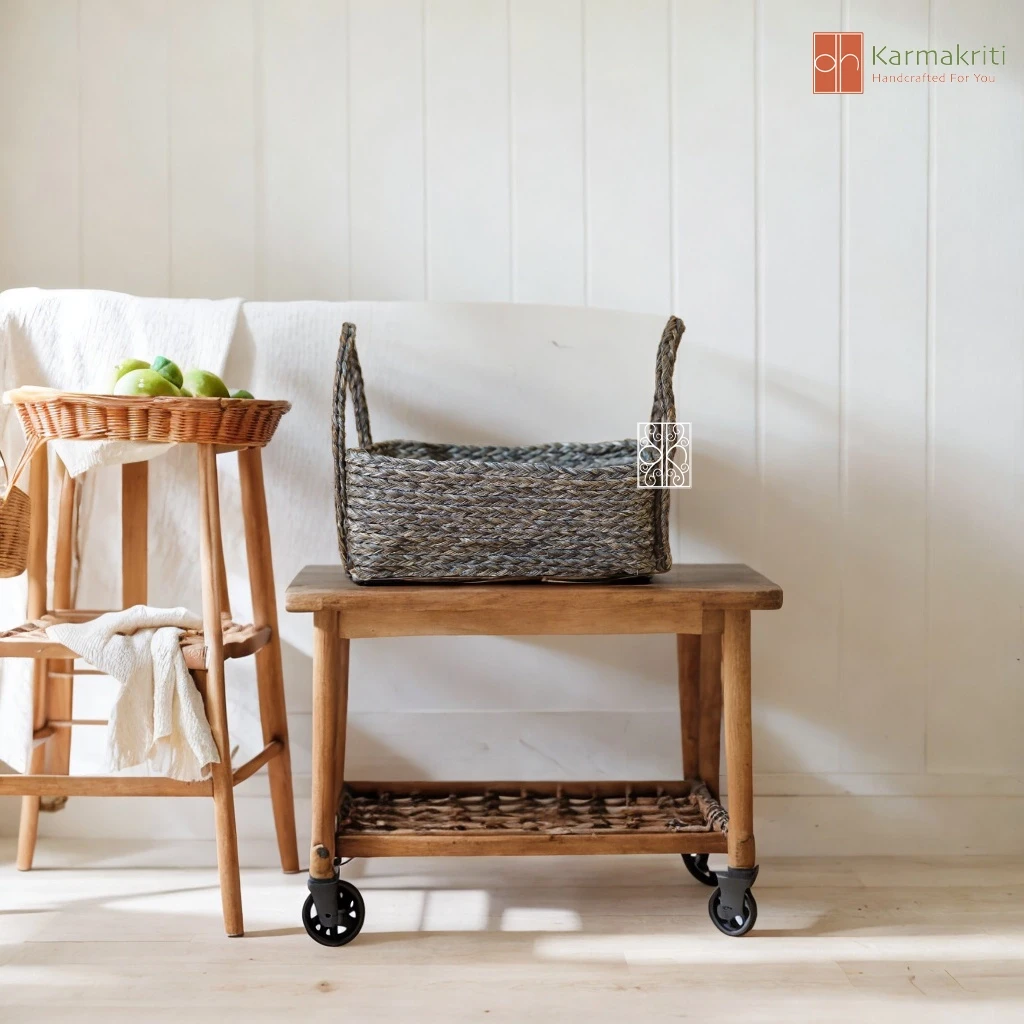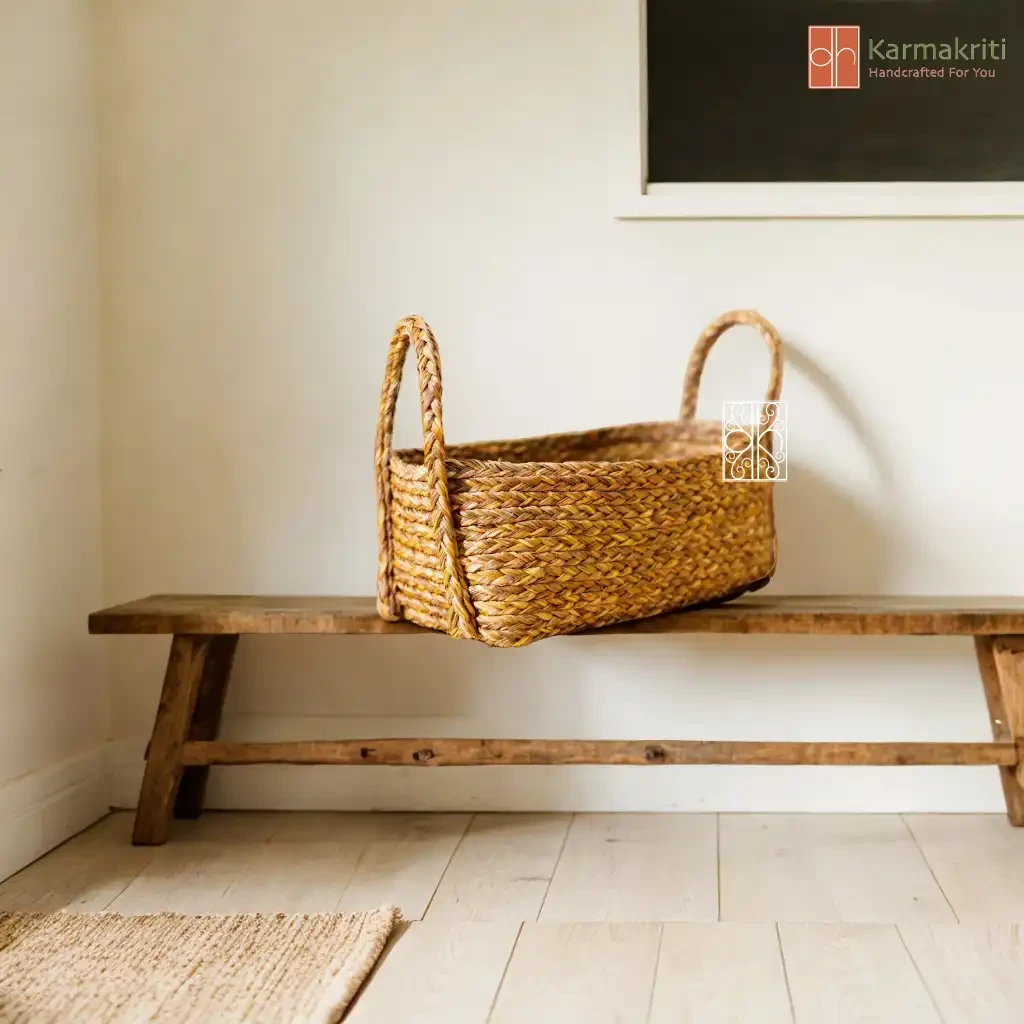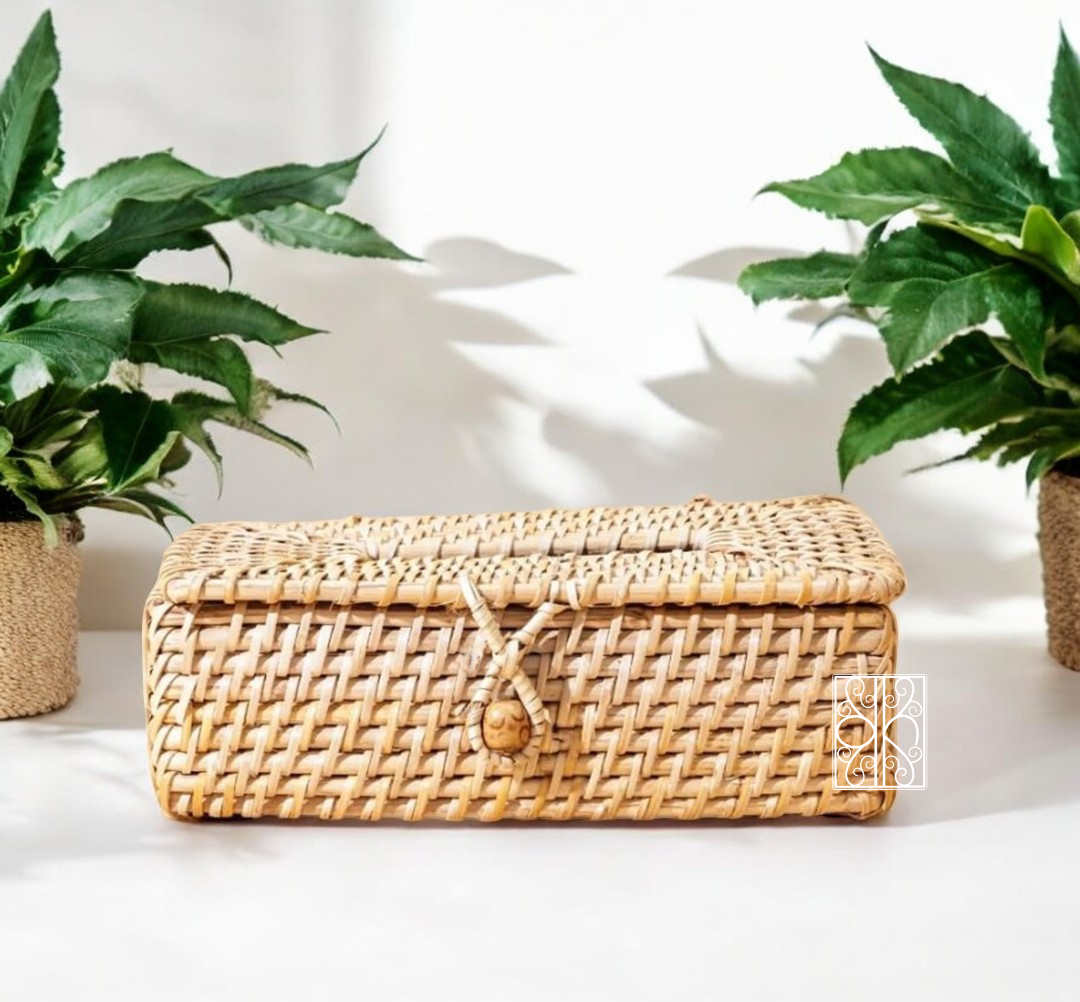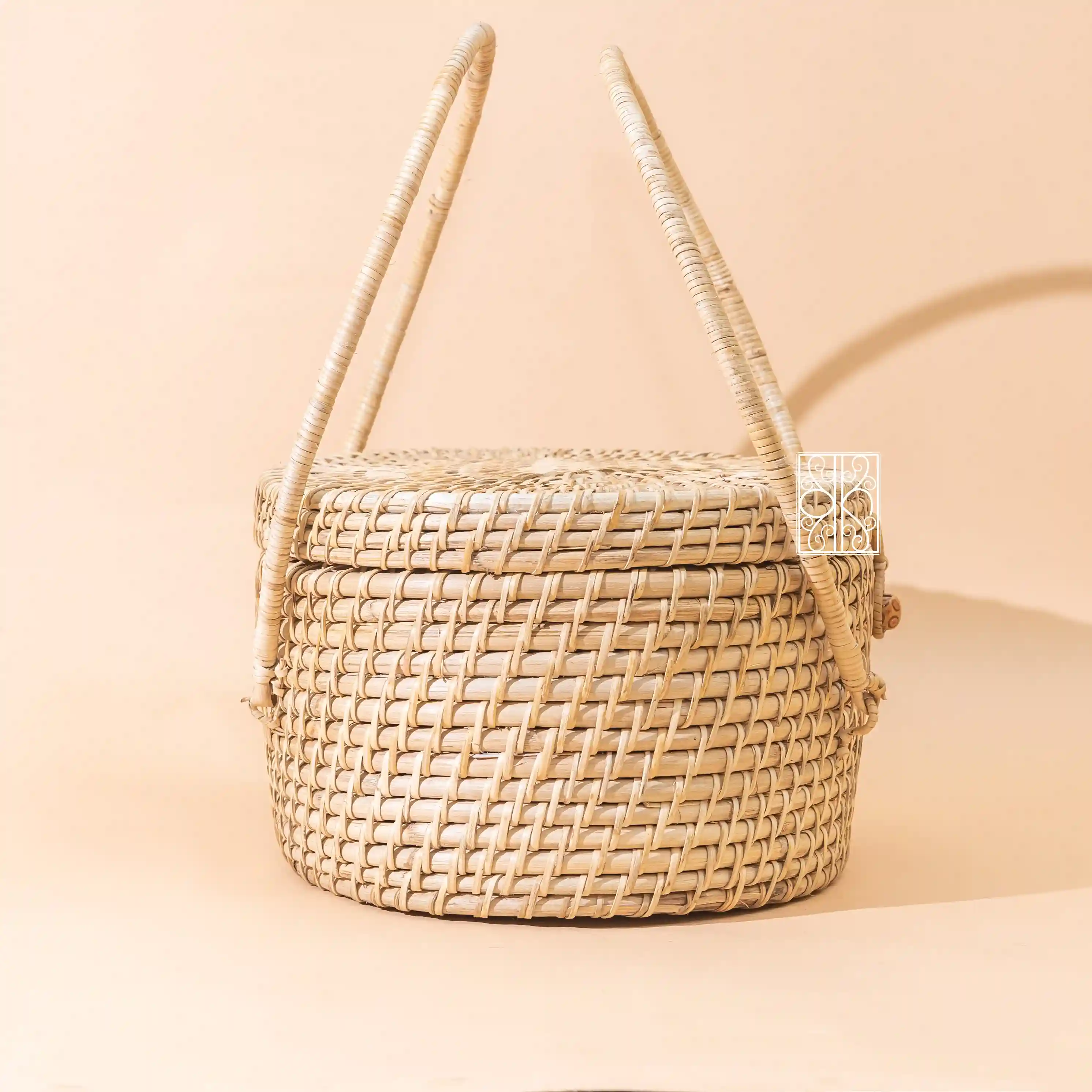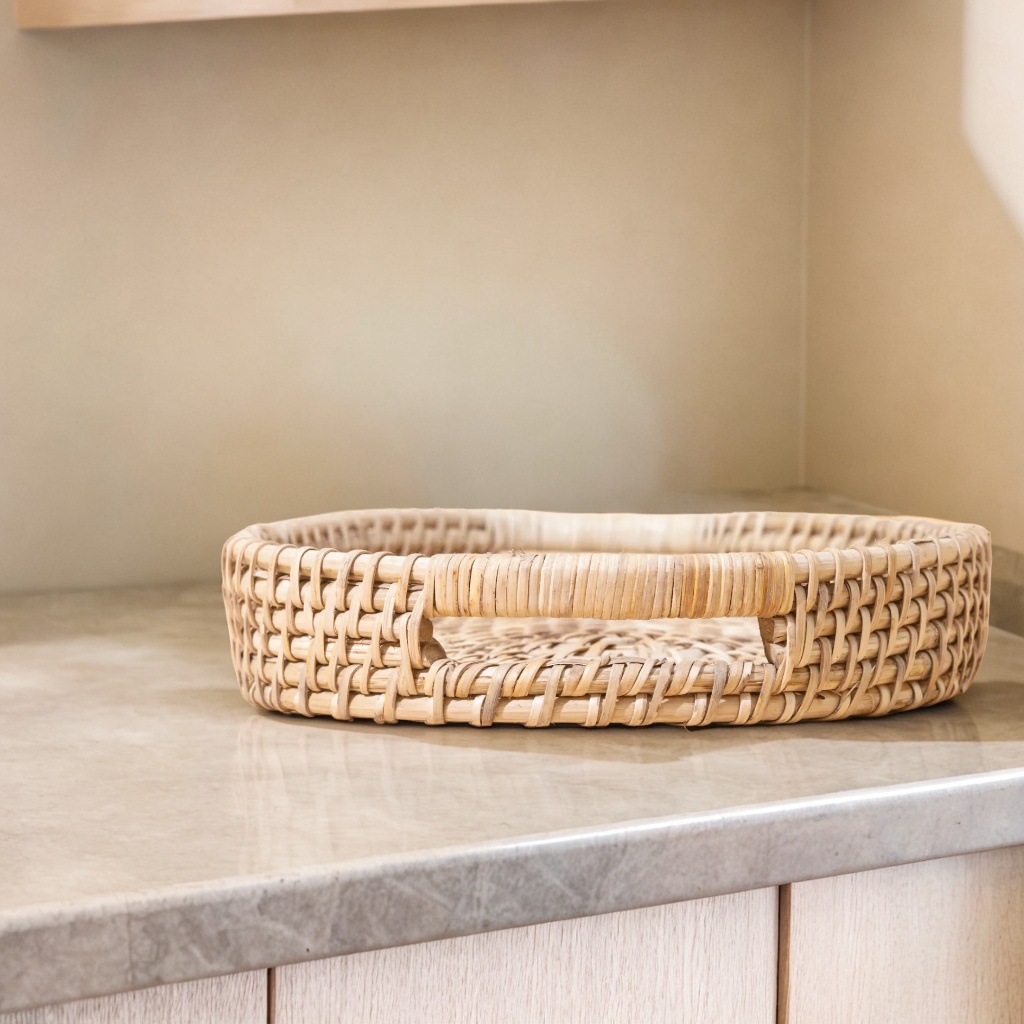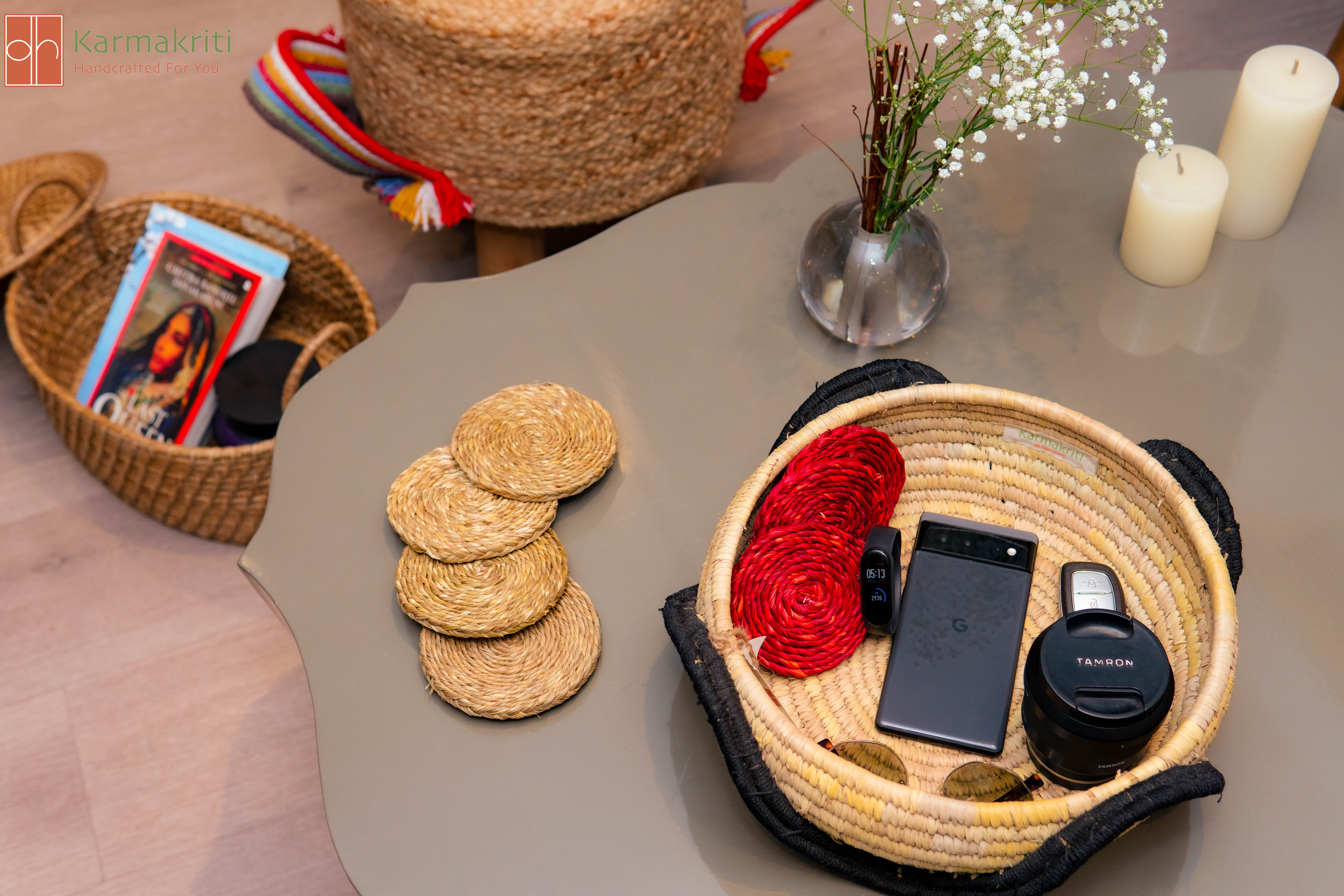Guide to Creating a Functional Home Organization System
Guide to Creating a Functional Home Organization System
Everyone wants a beautiful, stress-free, efficient, and pleasurable home. Home organization helps mental health by preserving order and making daily duties less stressful. This article will walk you through the best home organization and storage brands to create a home organization system. Welcome to the clutter-free house guide!
1. Understanding the Importance of Home Organization
We've briefly discussed the home organization and advantage of clean workspace.
Home organization and mental health:
Clutter makes you less happy and productive, but a clean space greatly improves mental health. A well-organized home is closely linked to better mental health.
Home organization and cleaning:
Cleanliness becomes more manageable when an organization is created, which helps cut short the time required.
Home organization and storage:
Home organization is one of the most crucial aspects and requires adequate storage.
Home organization and decluttering:
Tidy spaces are essential for organizing the home, school, or workplace.
2. Assess Your Space
First, thoroughly inspect your house before organizing. Define clutter-prone areas like your porch, front hall, closet, and dresser. Sort these regions by relevance to your daily life.
3. Declutter: The First Step to Home Organization
Home Organization Declutter
Decluttering is crucial to house organization. It is probably significant because it allows one to let go of non-essentials to make room for essentials.
Sort and Purge
It is advisable to begin with one room to ensure everyone is calm. Within each room, sort items into four categories: dispose, give away, recycle, or dispose of.
Keep: Keep things that are useful or make life happier. Assign them spots to make sure these objects are readily accessible.
Donate: Donate friendly but no longer functional children's clothes, toys, books, etc. It helps you declutter and help others.
Recycle: Recycling bins should also include paper, plastics, and electronics.
Trash: Discard damaged or worn objects. To avoid regret, dispose of items carefully and quickly.
Create Zones
Zones divide related objects and provide spaces for them. This simplifies organization and helps find valuable objects.
Daily Essentials Zone: Determine your most common objects and position them strategically. For instance, keep keys, wallets, and phones near the entryway.
Cleaning Supplies Zone: Store all cleaning items in a utility room or beneath the kitchen sink for quick access in the Cleaning Supplies Zone. Use caddies or containers to organize them.
Kitchen Zones:
To organize kitchen stuff, store similar items in the same cabinet or drawer. For example, group pots and pans, baking sheets and supplies, and containers, wraps, and foils together.
Reduce Duplicates
This often results in a collection of comparable cooking, writing, and clothing equipment. Avoiding duplicates is essential while organizing and cleaning.
Kitchen Gadgets: Select the most common kitchen items and equipment. Do you need three can openers or five spatulas? Use high-quality items occasionally and give or dump the rest.
Office Supplies: Place the office desk and drawers first. Write and note only using pens, notebooks, and accessories. Schools and other community organizations may get excess.
Clothing: Inspect your closet for similar clothing. Pick your favorite black t-shirt and give the others away. Please apply the same reasoning to shoes, accessories, and outerwear.
Additional Tips for Effective Decluttering
Set Goals and Deadlines: Divide cleaning into manageable phases with reasonable objectives and deadlines. For instance, remove old clothing from your bedroom closet before the weekend.
Use the Four-Box Method:
Label the boxes "Keep," "Donate," "Sell," and "Trash." This will make it easier and quicker to sort the items.
Start Small:
Start with a modest room area like a drawer or shelf. Small actions can make organizing and cleaning your home feel easier and build momentum for bigger tasks.
Stay Consistent:
Clean and organize your house for 5-10 minutes every day. With hard work and dedication, you can make great progress over time.
Celebrate Your Success:
Step back and enjoy your tidying before moving on. Enjoy the tidy, organized atmosphere you created.
4. Plan Your Storage Solutions
Home Organization and Storage
Installing quality storage systems to ensure decluttering in the home organization is crucial. Plan storage so everything has a place.
Shelving
Shelves are an excellent storage technique, providing the needed floor space and keeping the items easily accessible.
Wall-Mounted Shelves:
These maximize vertical space in every area. In the living room for boards and decorations, the kitchen for spices or recipe books and the bathroom for soaps and towels.
Floating Shelves:
These slender bookcases look modern and fit small spaces. They are perfect for limited zones, including entryways and home workplaces.
Adjustable Shelving Units:
Ideal for closets and pantry, adjustable shelves help users set the shelf height based on the height of items to be stored.
Baskets and Bins:
Home organizational baskets and bins are popular because they make goods visible and easy to find. Different materials and designs may fulfill their function and enrich your decor.
Seagrass Baskets:
These baskets are used for storing items such as blankets, toys, or magazines. Their natural texture adds warmth to each side of the room.
Wicker Baskets:
Wicker baskets are durable and attractive. They can be used in laundry rooms, bathrooms, and living spaces to store fabric, clothes, or firewood.
Plastic Bins:
Slip-covered transparent plastic containers are great for keeping pantry goods, garage items, and under-bed items. They are stackable and make it easier to see stuff in containers.
Furniture with Storage:
Furniture with storage saves space and reduces clutter.
Ottomans with Hidden Compartments:
These are ideal for areas like the living room and bedroom. You can use them to store blankets, pillows, or books; this also creates an added feature of forming seats whenever needed.
Beds with Built-In Drawers:
These space-saving beds are suitable for small bedrooms.They can accommodate clothes, shoes, or even linens.
Coffee Tables with Storage:
Select coffee tables that offer many compartments. Store remotes, magazines, and similar items easily. Some models even come with features such as a lift top.
Specialized Storage Solutions
Provide storage solutions for particular requirements in certain parts of the house.
Kitchen Storage
Pull-Out Shelves:
These are particularly useful for the lower cabinets to organize the pots, pans, and small appliances.
Lazy Susans:
Lazy Susans are ideal for corner cabinets and storing spices, condiments, and small jars.
Drawer Organizers:
Store utensils, cutlery, and kitchen tools with dividers and trays. It will organize the whole kitchen in a proper manner
Closet Storage
Hanging Organizers:
Install hanging organizers for shoes, bags, and accessories to effectively use closet space.
Over-the-Door Racks:
Take advantage of the backs of closet doors for extra storage using racks and hooks.
Clothing Racks:
Freestanding clothing racks are suitable for small closets or for transitioning between seasons.
Garage Storage
Wall-Mounted Systems:
Install peg boards, hooks, and shelves to store the tools, gardening equipment, and sports items.
Heavy-Duty Shelving:
Buy strong shelves for bins, coolers, and camping gear.
Ceiling Storage:
Racks placed on the walls are ideal for storing seasonal items and ensure that the floor space is free.
Incorporating Decorative Storage
Home storage options also enhance your home's appearance. Decorative elements serve several purposes in the architecture.
1. Decorative Boxes:
Organize everyday items in beautiful boxes on shelves. It will help to quickly find items such as remote controls, keys, and mail.
2. Display Cabinets:
Cabinets with a glass front can display valuable items, books, or dinner sets while protected from dust.
3. Trays and Bowls:
Place lovely baskets, boxes, or trays on counters, dressers, and tables with items such as jewels, keys, and sunglasses.
5. Create a System for Every Room
Home Organization Ideas
Every room in your house has its own distinct storage and organization requirements.
Kitchen
Pantry Organization:
For easy identification, keep dry goods in transparent, adequately marked containers. Remove shelves to make retrieving objects simple.
Drawer Dividers:
Maintain the order of utensils and other kitchen tools and equipment through drawer dividers.
Bedroom
Closet Organization:
It should be noted that hanging rods, shelves, and drawers can be used together. A shoe rack or shoe cubbies added may be more suitable.
Under-Bed Storage:
Storage is needed for clothes and other items required only for use during a specific season or for spare bed sheets.
Living Room
Media Storage:
Keep your entertainment area neat with media stands and storage for DVDs, gaming consoles, and accessories.
Coffee Table Storage:
Choose an Ottoman with a side table option. It can store small items such as remote controls and newspapers, among others.
Bathroom
Vanity Organization:
Trays and baskets can be utilized to create places for storing personal hygiene items and cosmetics.
Over-the-Door Storage:
Utilize space over the door racks for towel and bathrobe hanging.
Home Office
Desk Organization:
Keep office supplies organized with drawer organizers—Organise cords with cable management accessories.
Filing System:
Set up a filing system for papers and shred old ones.
6. Maintain Your Organized Space
How to Learn Home Organization
Maintaining order in the home is an ongoing chore. Some valuable tips are as follows:
1.Daily Habits:
Create a routine that includes returning objects to their proper place and tidying up the mess at the end of the day.
2. Regular Decluttering:
They should also set particular times to tidy up their homes and remove any items piled up again.
3. Seasonal Check-ins:
As seasons change, consider your current storage options and how they can be adapted for the new season.
Creating a Functional Organization System
Now, it's time to create a system that meets your home organization's needs.
Define Your Goals:
Ask yourself what you want from the organisation. Are you looking to make the area more comfortable, work more effectively, or prepare for a move?
Choose Your Organization Style:
Your organization style should match your personality and lifestyle. Some popular styles include maximalist and practical.
Invest in Quality Storage Solutions:
Choose functional and attractive storage. Utilize translucent containers for visibility.
7. Involve the Whole Family
Home organization is a family affair. Develop the list of tasks and attach a chore chart to engage all family members. Explain to children how the spaces must be clean and make it a fun project involving everyone.
8. Utilize Digital Tools
There are so many applications and online programs that will assist you keep yourself on track. Some apps include Todoist, Trello, and Evernote, which offer assistance in list creation and reminding in projects.
9. Learning More about Home Organization
To delve deeper into the world of home organization, consider these resources:
Online Courses:
Many options are presented for home organization courses.
Professional Organizers:
Hiring a professional organizer will be much more helpful in this case.
Home Organization Books and Magazines:
Different books and magazines may help to find some ideas about home organization
Conclusion
You should understand that organizing the house to be functional is not just a one-time process but a process. Expand progressively, do not expect immediate results, and acknowledge your achievements. A clutter-free house and neat environment are aesthetically pleasing and lead to a healthier lifestyle.

.webp)
